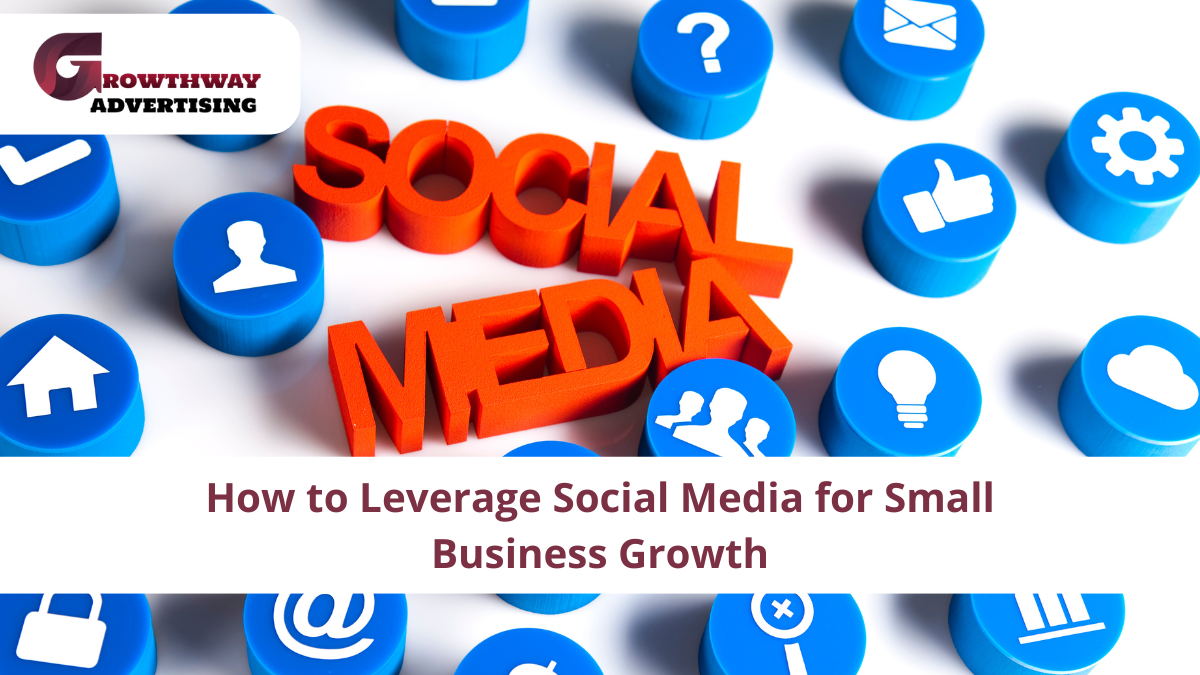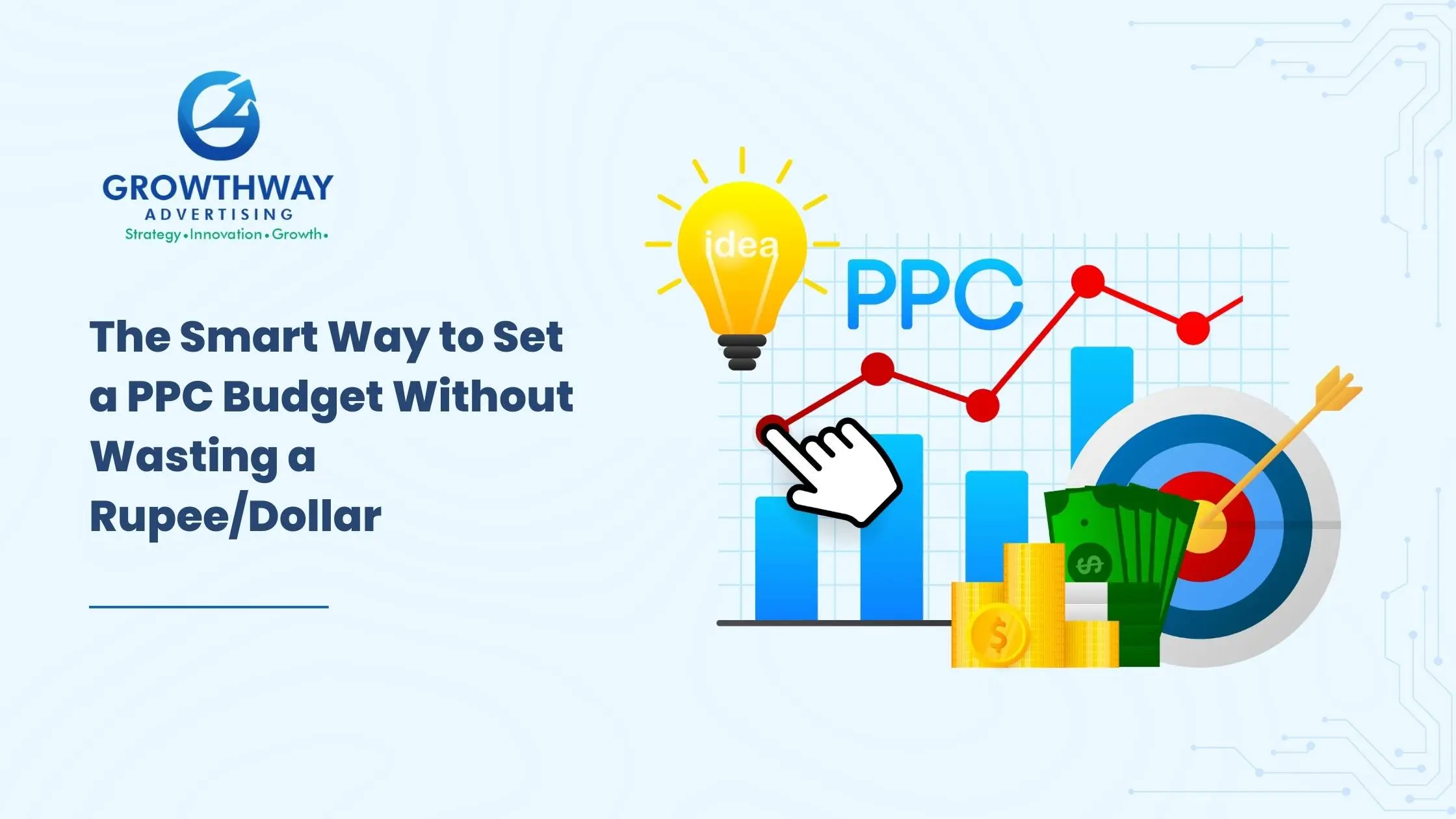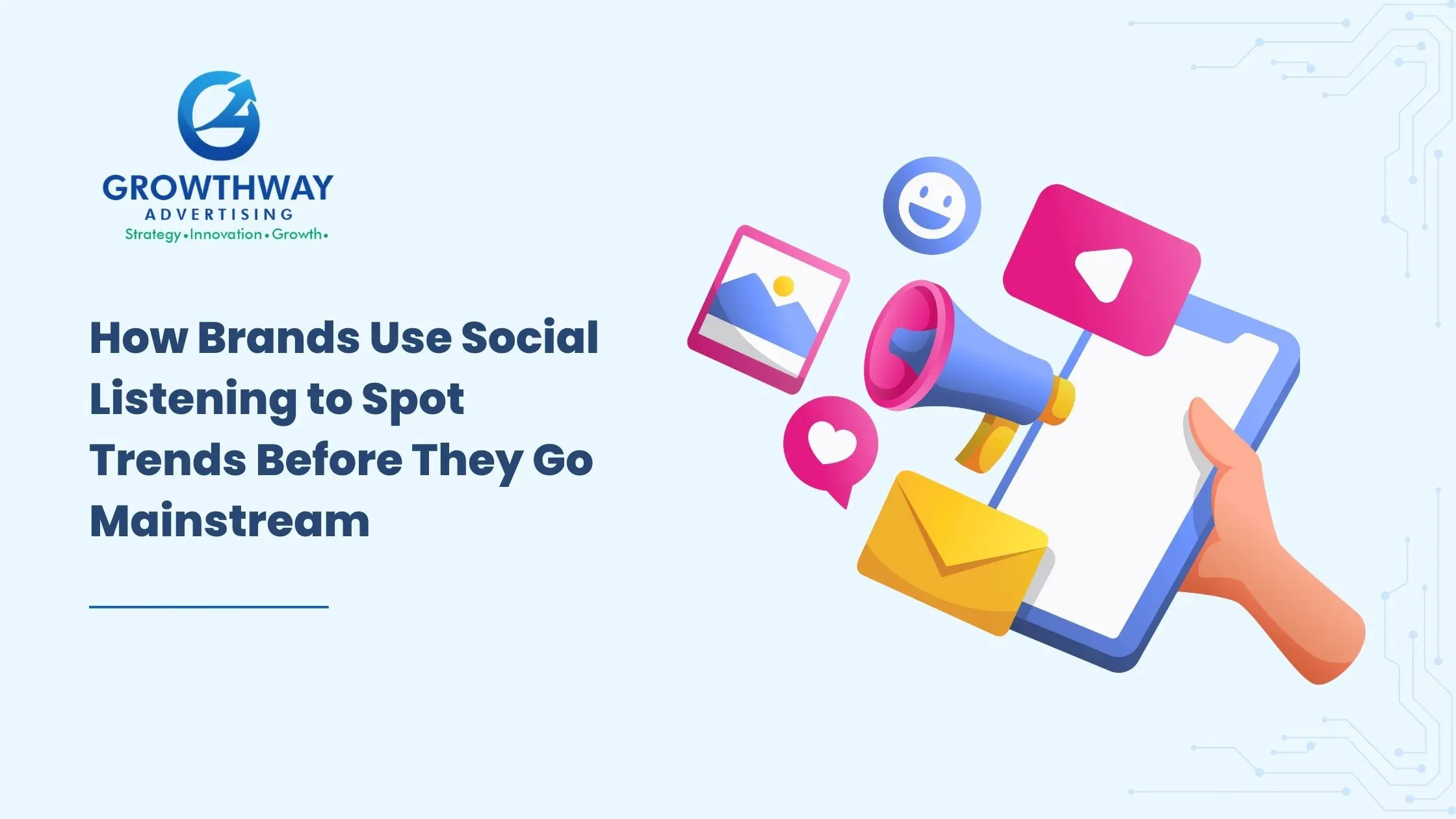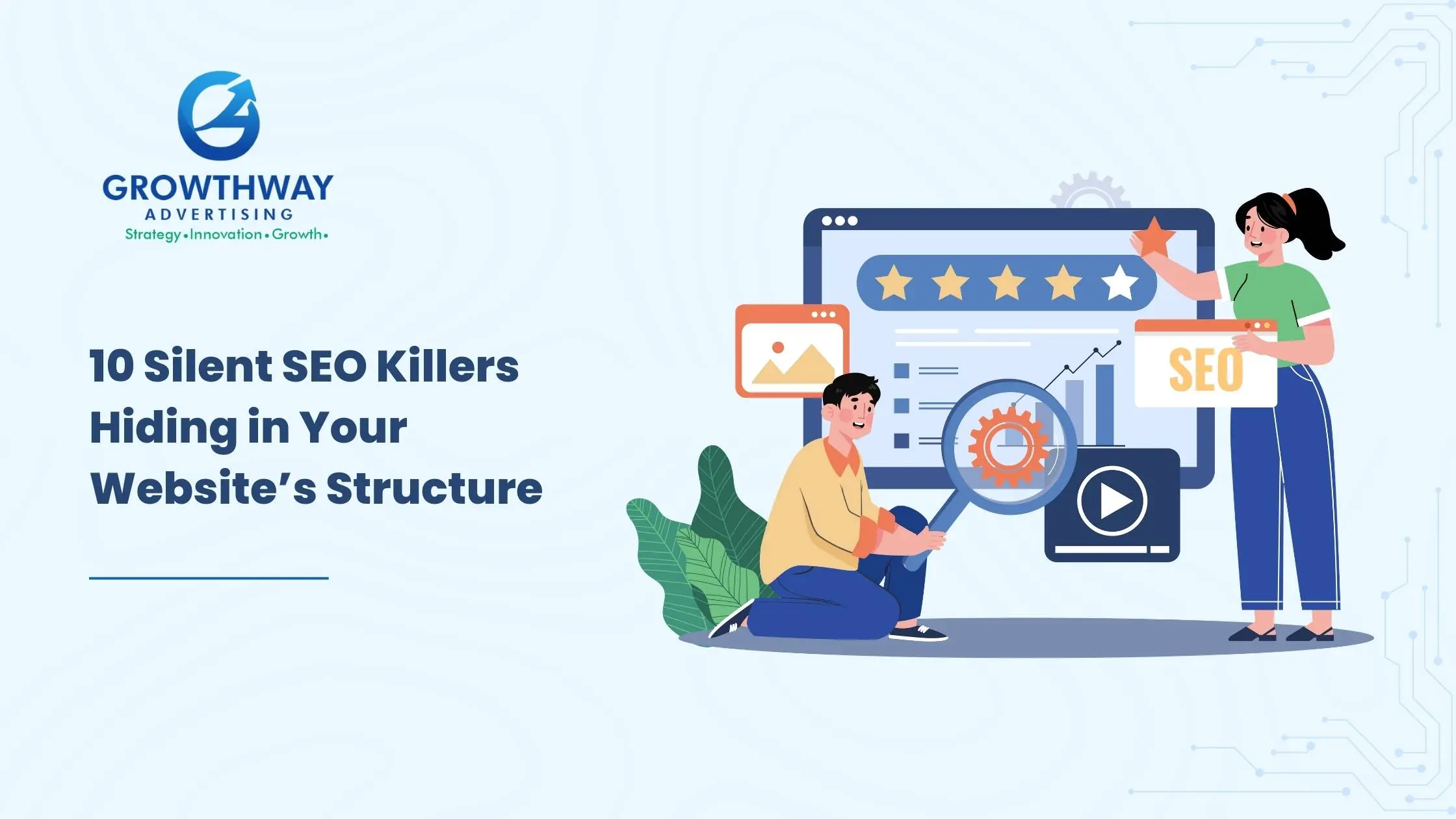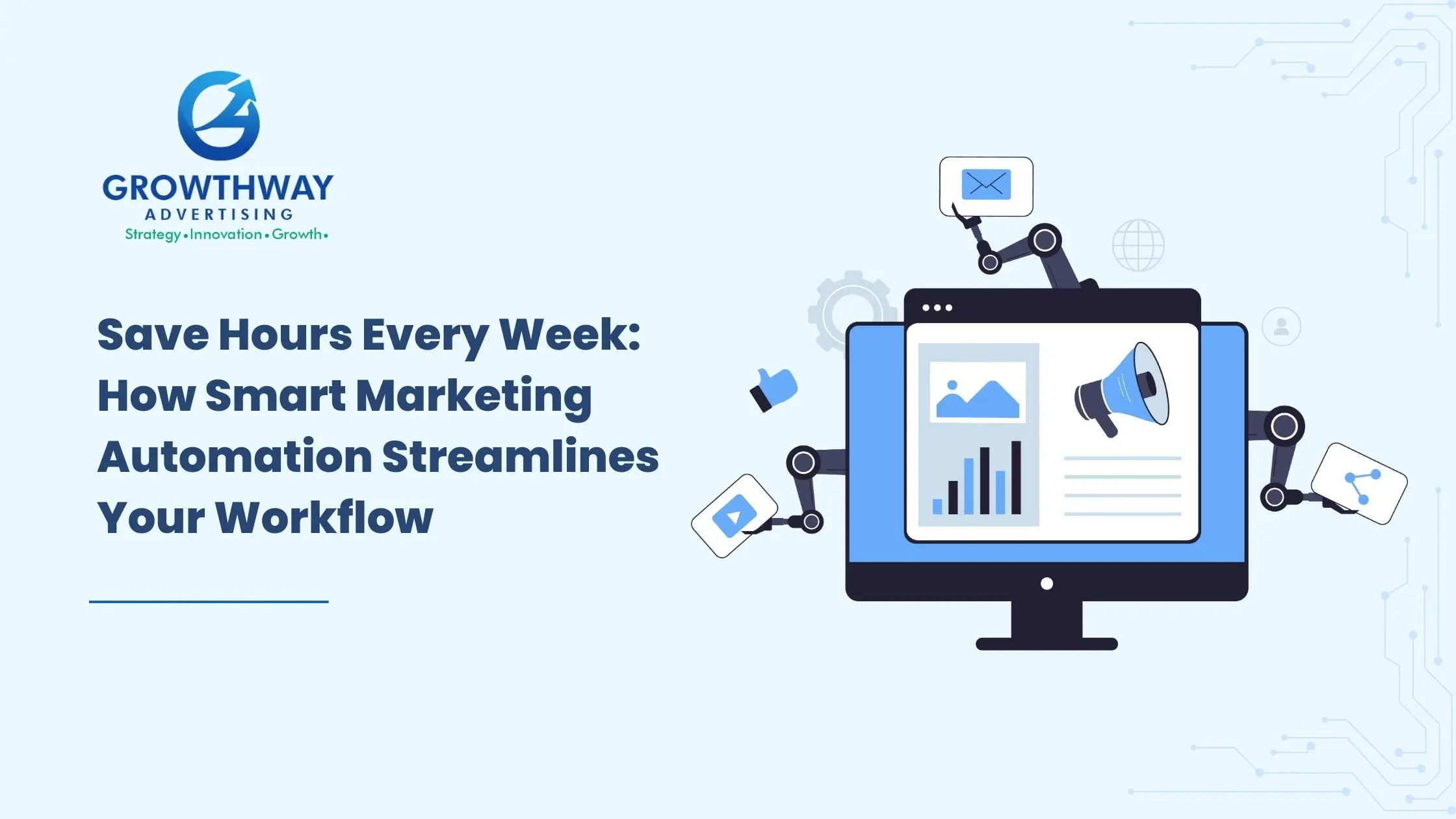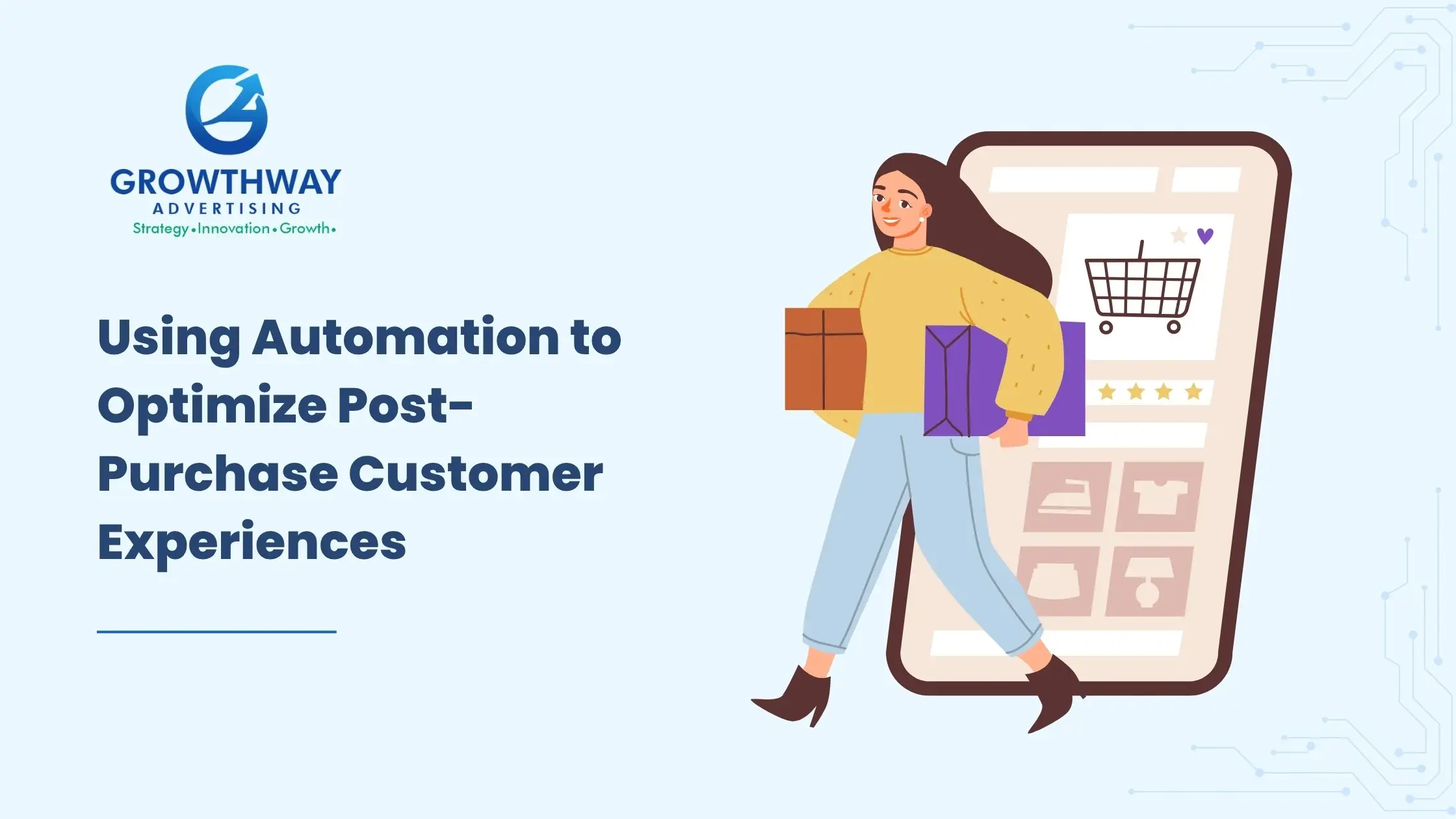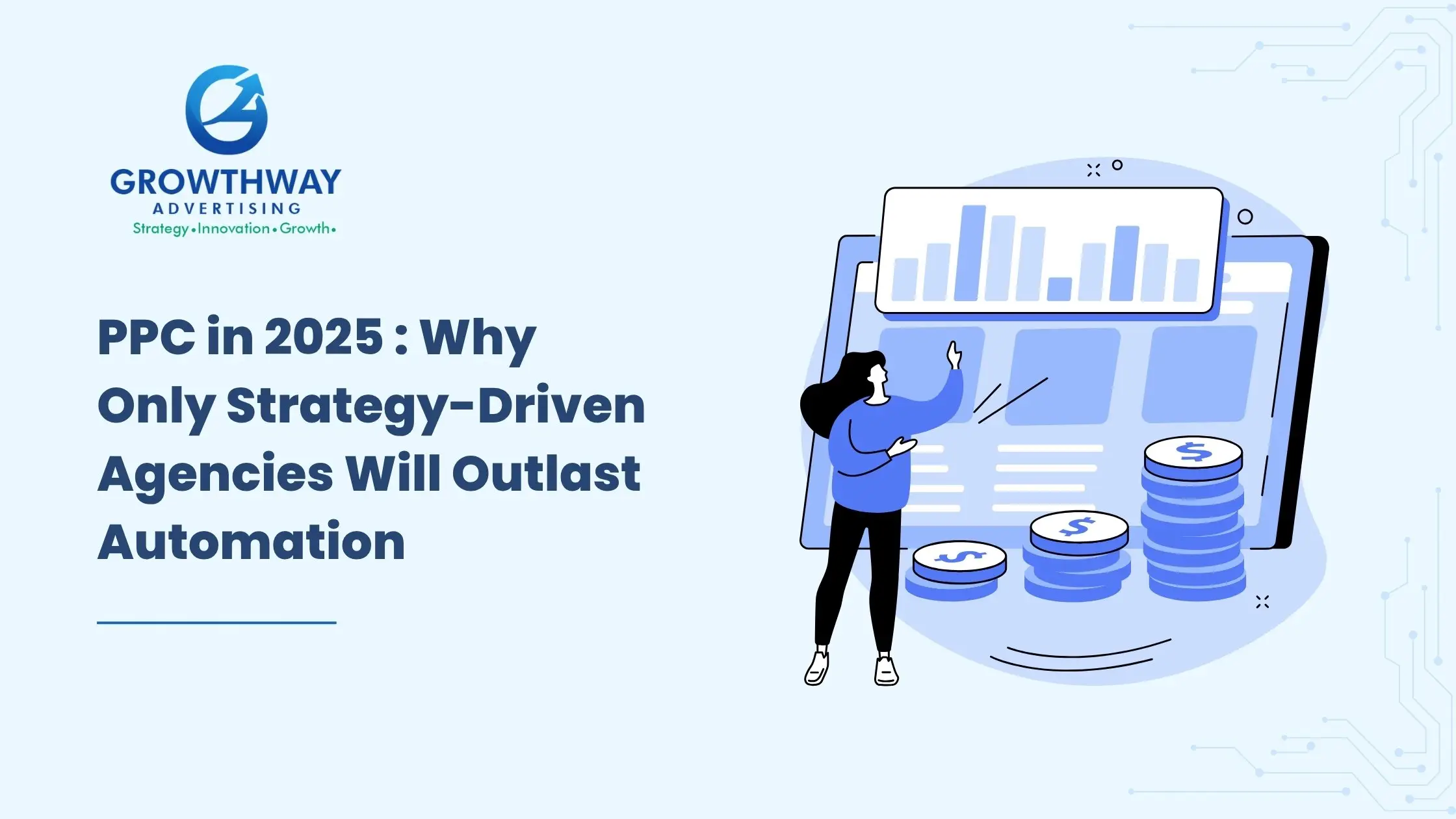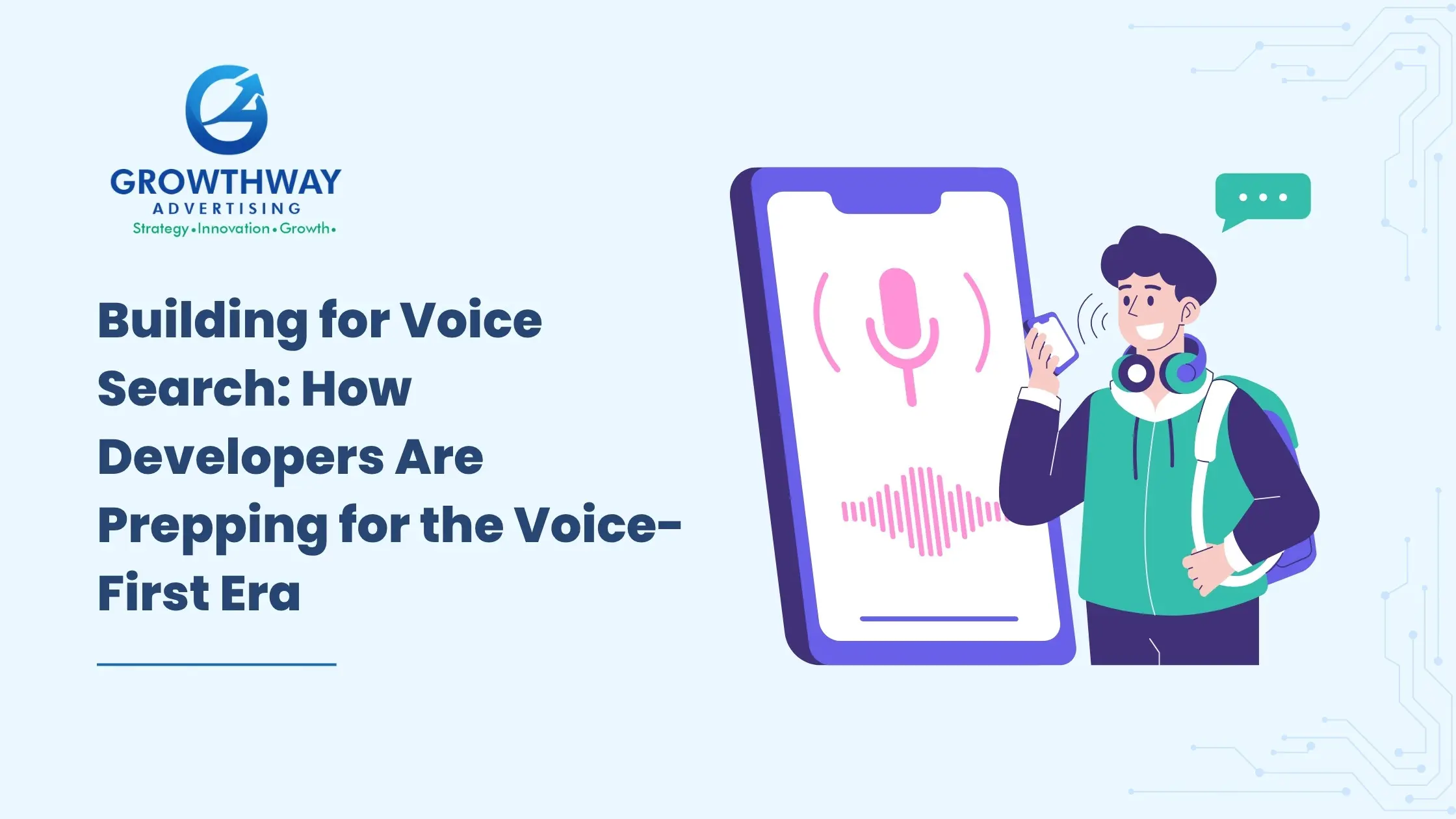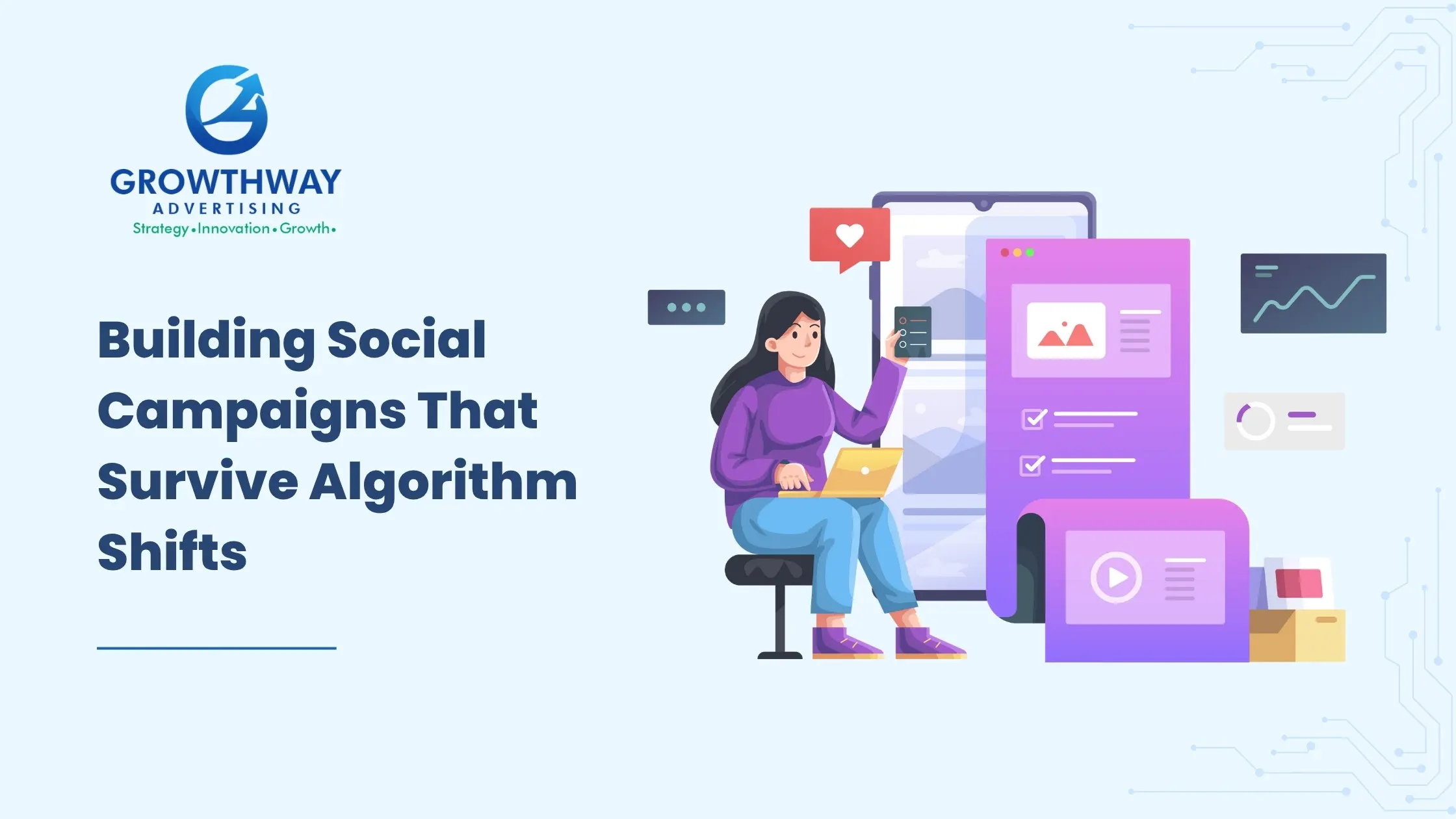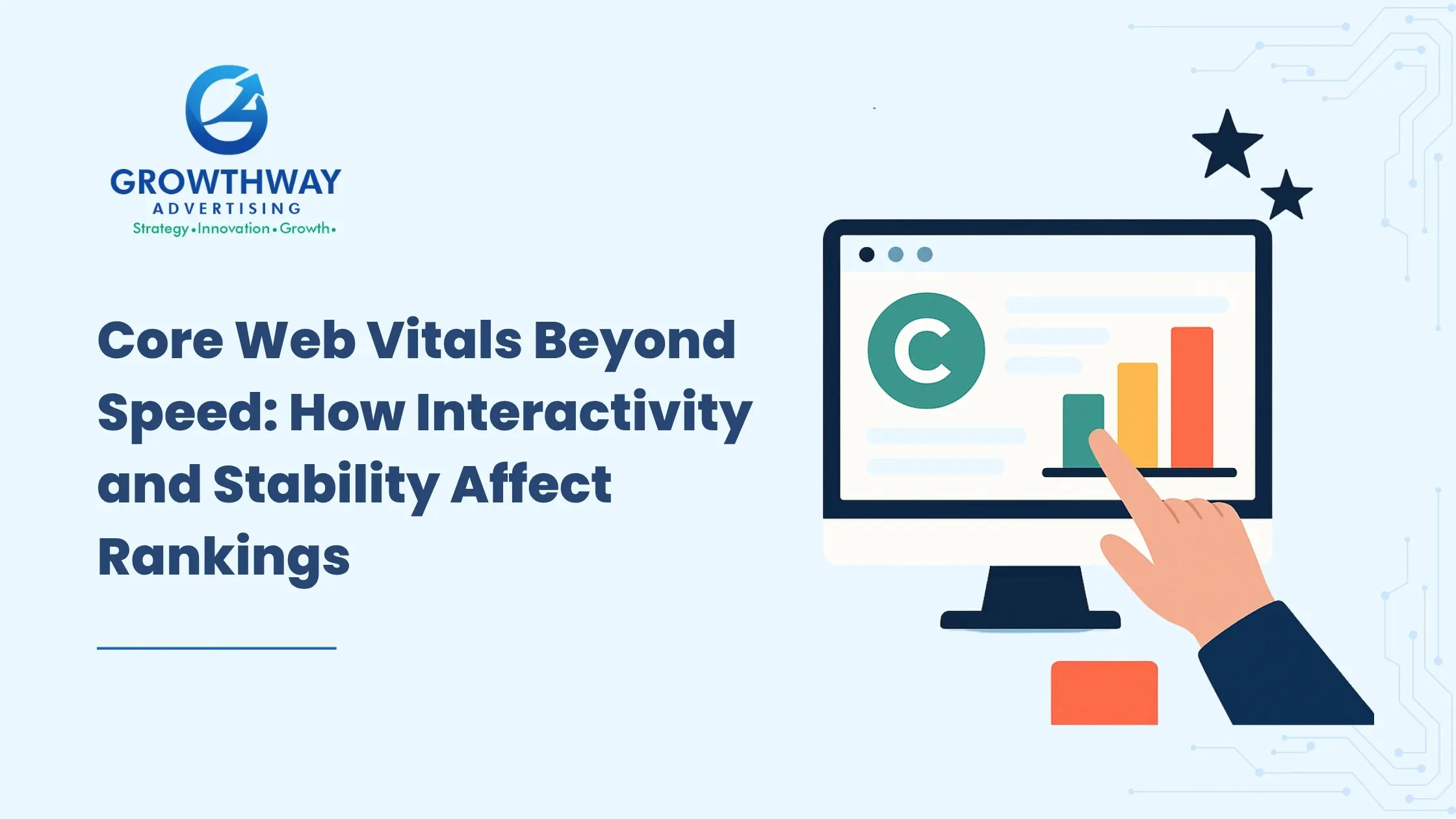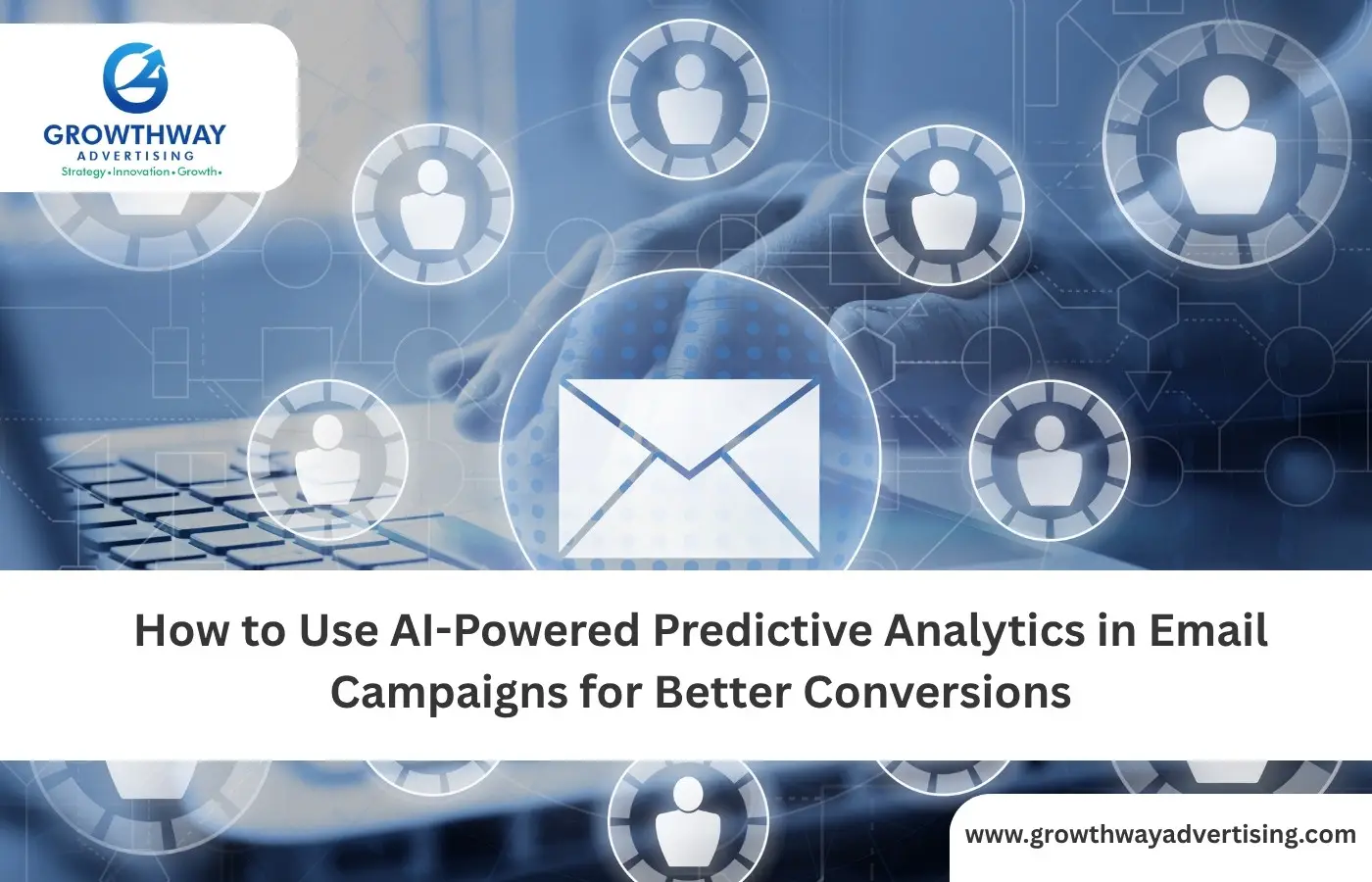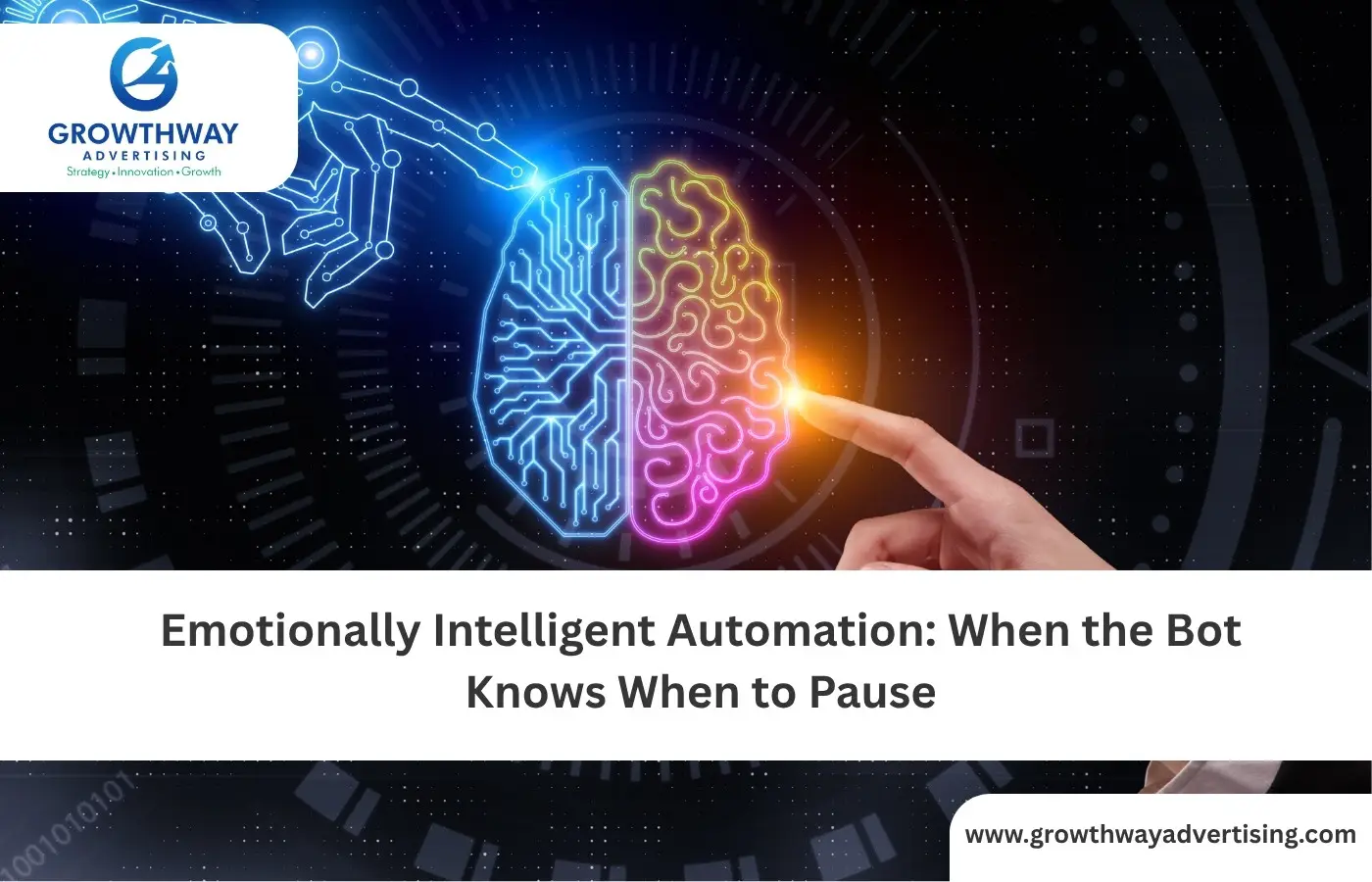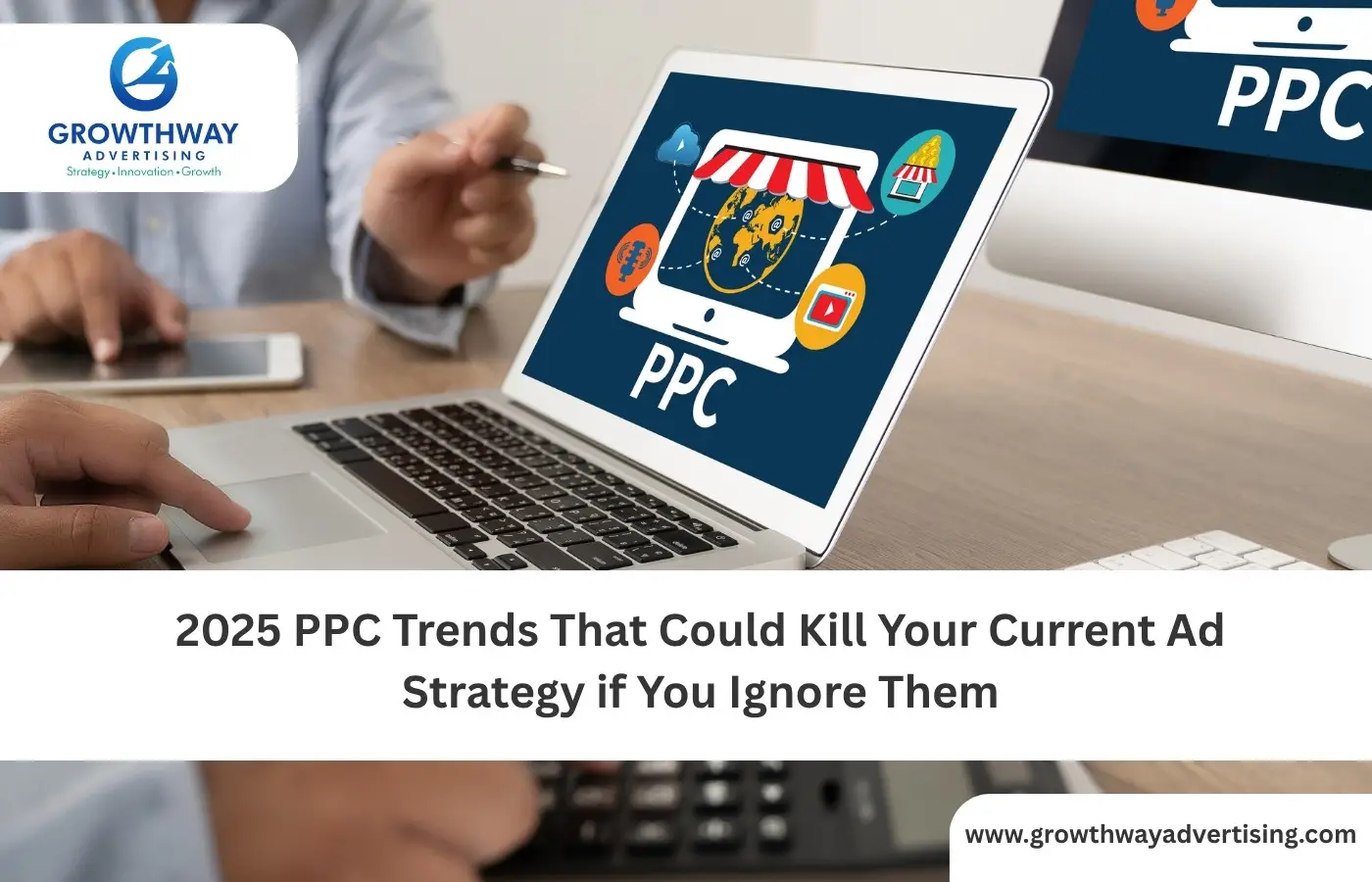In the era of digitalization, all small businesses have to go to such platforms as Instagram, Facebook, LinkedIn, Tik Tok, etc., in order to stay in business and succeed. If you want to promote your business or bring it to the next level, social media marketing can be your potent tool to raise brand awareness, connect with your customers, and get steady sales. However, it is not enough to just do it in the online realm. You need to have a strategy, data-driven performance and creative content to do that with professional implementation.
Why Small Businesses Can’t Ignore Social Media
Social media is no longer the place where one has to share the pictures or updates and it has emerged as a business-critical ecosystem. There are billions of people daily using it on various platforms, and it is the place where your potential customers spend time, find new products, and make up their minds where to contribute their funds. Be it social media advertising or organic good content, it is an excellent chance that small businesses can compete with major brands who have huge budgets.
However, in order to really harness it, you should take it past casual posting and start with tools, automation, and professional know-how.
Set Clear Business Goals First
Before launching into content creation or paid campaigns, define what success looks like for your business:
- Do you want more leads?
- Is brand awareness your priority?
- Are you launching a new product?
- Do you want to drive foot traffic or online bookings?
These answers will shape your content format, ad strategy, and platform choice. For example, a B2B consultancy might find more value on LinkedIn, while a boutique skincare brand may grow faster on TikTok or Instagram.
Choose the Right Platforms (Not All of Them!)
Being everywhere is one of the largest miscalculations of enterprises. Rather, concentrate on the 2-3 platforms which are most lively in your audience. In a word, a breakdown is as follows:
- Instagram: Visual-first platform perfect for products, services, tutorials, and storytelling.
- Facebook: Great for local businesses, event promotions, and retargeting via social media advertising.
- LinkedIn: Ideal for B2B outreach, recruiting, and professional thought leadership.
- TikTok: Explosive growth among younger audiences, great for viral content and trends.
- Pinterest: Highly useful for ecommerce brands targeting female demographics.
Content Strategy: Mix Value with Promotion
Content is king—but context is queen. Your content should be relevant, relatable, and useful. Use a 70/20/10 rule:
- 70% value-driven content: tips, guides, how-tos, and industry insights
- 20% user-generated content: testimonials, customer stories, reposts
- 10% promotional content: product offers, discounts, service highlights
Make use of content buckets to maintain a consistent and diverse feed—educational, entertaining, promotional, behind-the-scenes, testimonials, and FAQs.
Embrace Paid Ads (Smartly)
Advertising in social media is among the cheapest means of reaching desired audiences. Meta (Facebook/Instagram) and LinkedIn platforms enable you to go into extensive segmentation based on demographics, behavior, and interest, etc.
In the case of small businesses, intelligent retargeting programs are able to reel off visitors that had failed to convert. Find social media marketing services that can assist you to plan conversion tracking, target your followers, and A/B test creatives and headlines.
Leverage Influencer Collaborations and User-Generated Content
Not only large brands can refer to influencer marketing. Medium (the ones with 1k-50k followers) have a good engagement and trust rate. They can also help your business to be in front of the right audience and at a fair cost of doing this. On the same note, sharing the content of your satisfied customers increases trust.
Train your audience to save your page in their tags or to enter branded hashtags in their publications. Develop a branded activity or reward one that propagates contents with your product or service.
Automate and Schedule for Efficiency
Small business owners do not have much time. Use automation tools that will enable them to schedule their postings and respond to DMs and mentions. Such tools as Buffer, Hootsuite, and Later can save over several hours per week.
A social media agency with experience in this field can assist in creating the routines to schedule the content in an automated manner, attain the insights and make the time optimization. Social media marketing becomes easier when guided by experts who know what performs best.
Use Stories, Reels, and Live Video
Short-form content formats like Reels and Stories are algorithm-friendly and highly engaging. Use them to:
- Showcase behind-the-scenes footage
- Announce flash sales
- Answer customer FAQs
- Share testimonials
Live video is perfect for Q&A sessions, launches, and community engagement. These features humanize your brand and drive direct interactions.
Track Metrics That Matter
Too many small businesses focus only on likes and followers. Instead, track metrics tied to business outcomes:
- Website clicks
- Conversion rate
- Cost per lead/sale (for social media ads)
- Engagement rate per post
- DM and comment response time
These assist in calculation of ROI as well as optimization. Specialist social media marketing company will assist in interpreting those figures and will optimize your strategy.
Don’t Skip Community Building
What is the secret recipe of sustainable prosperity in social media? Don t create an audience, create a community. Reply to comments, DMs, reviews and questions in a timely manner. Show appreciation. To ensure that people remain engaged, host giveaways, polls and quizzes.
LinkedIn Groups or Facebook Groups are excellent resources to create niche groups around your brand. Trust and brand loyalty are gained through regular input.
Invest in Creative Assets
Quality of design counts a lot. To be consistent, use branded visuals, videos, carousels, and templates. Free tools like Canva can help, but for advanced storytelling, work with a social media marketing agency that offers design as part of their social media services.
Instead of scrolling to find good images and titles, people cease doing so. Do not disregard thumbnails, captions, as well as hook strategies.
Use Testimonials and Case Studies
One of the most influential forms of influence is social proof. Share:
- Before-and-after visuals
- Client results (with permission)
- Video testimonials
- Reviews from Google, Facebook, or Yelp
These add authenticity and credibility, especially when running social media ads.
Highlight Seasonal & Local Events
Use your geography to your advantage. Create content around:
- Local holidays
- Community events
- Regional trends
- Seasonal promotions
These make your brand feel relevant and relatable. For service businesses, localized social media marketing services help target the right area.
Bonus: Integrate Social Media with Email and Website
Social media must not be in a vacuum. Connect to your website, your list, and your sales funnel. Add a CTA to the post. Encourage sign ups to the newsletter. Post social media contents (on your site).
Thorough social media management strategy aligns your content on all online contact points, to guarantee that you turn the engagement into leads and sales.
FAQ’S –
Because it’s where your customers are. Platforms like Instagram and Facebook offer cost-effective ways to build brand awareness, drive traffic, and generate sales.
Define whether you’re aiming for lead generation, brand visibility, sales, or community building. Clear goals shape your content, ads, and platform choices.
Focus on 2–3 platforms where your target audience spends most time. For example, Instagram for younger buyers, LinkedIn for B2B services, and Facebook for local reach.
Tools and social media management services can schedule content, monitor engagement, and provide analytics—saving time and improving performance.
Stories, Reels, and Live videos often outperform static posts. Use them to show behind-the-scenes, customer stories, or quick tips.

